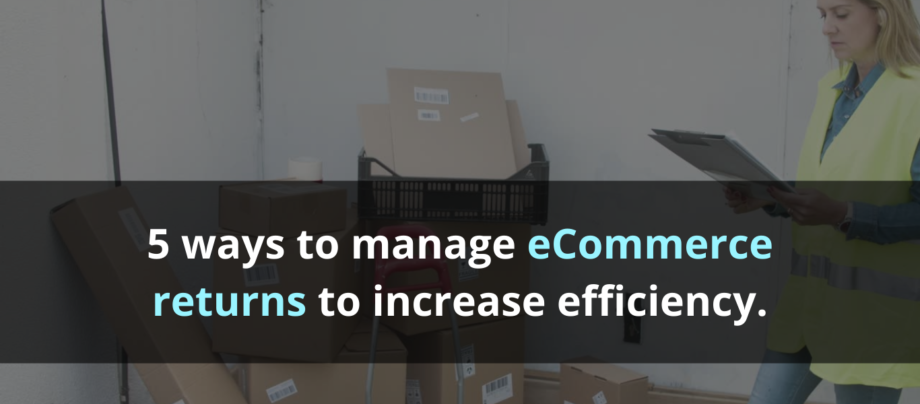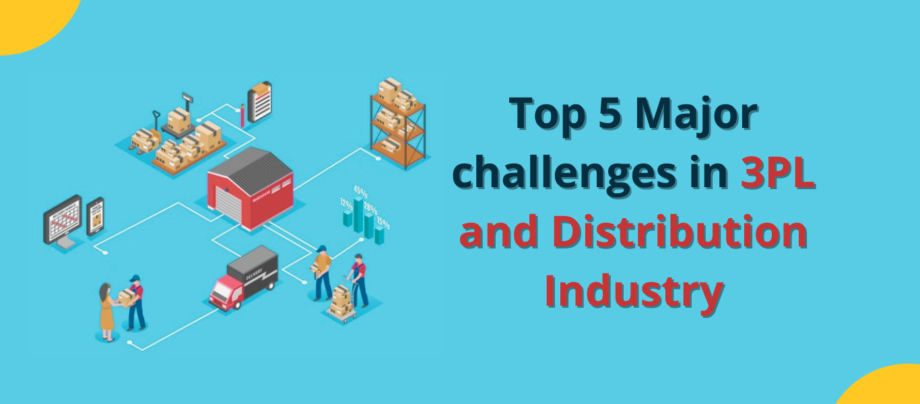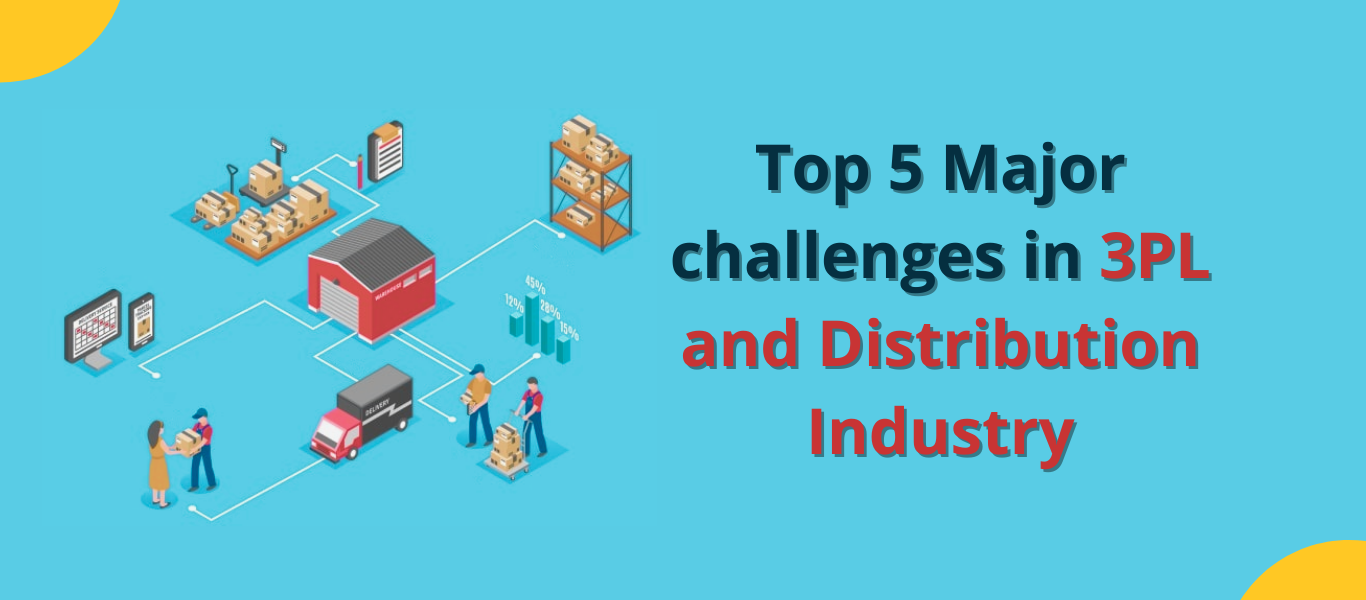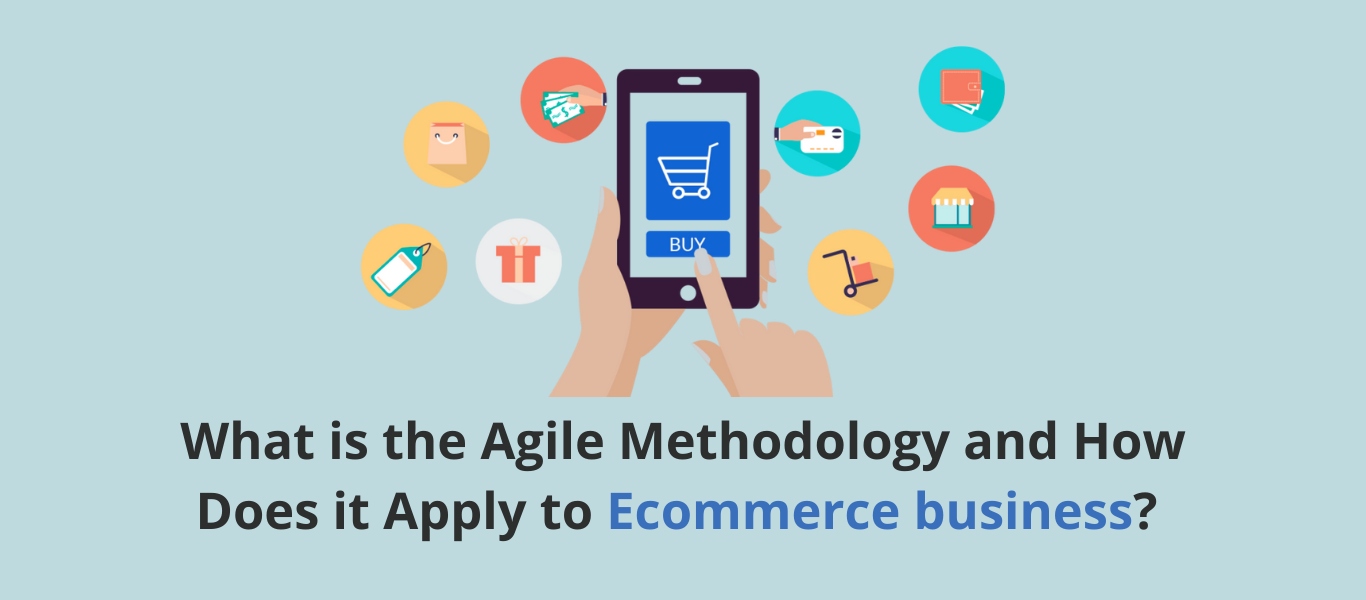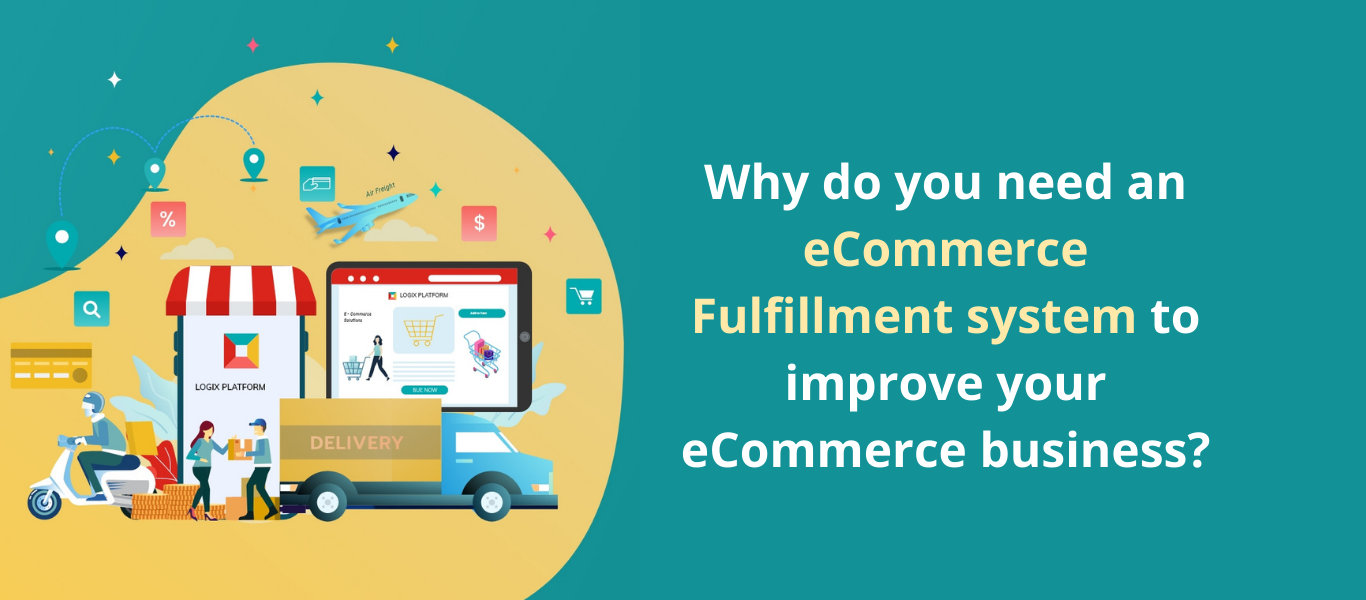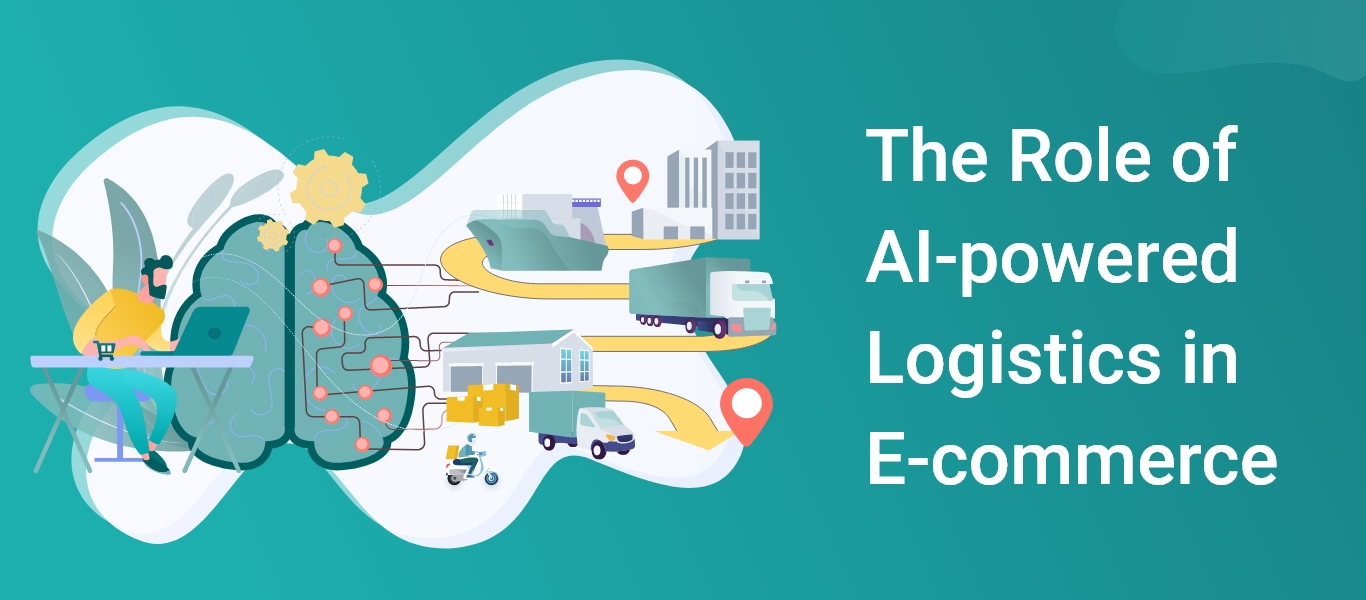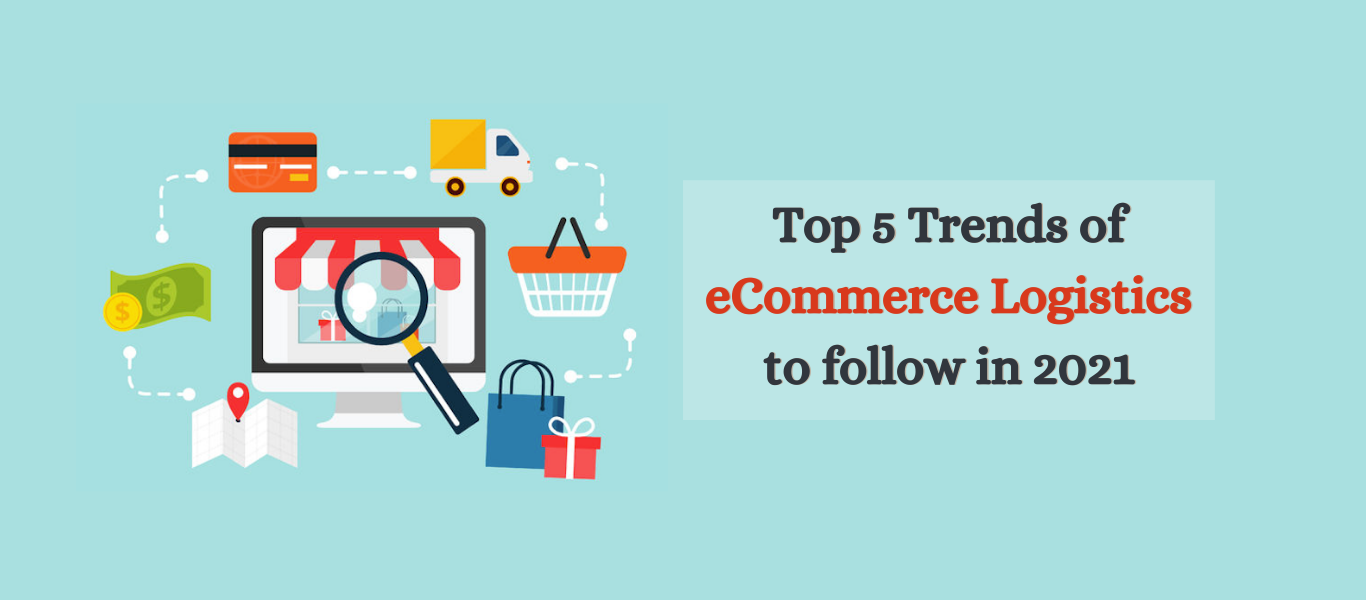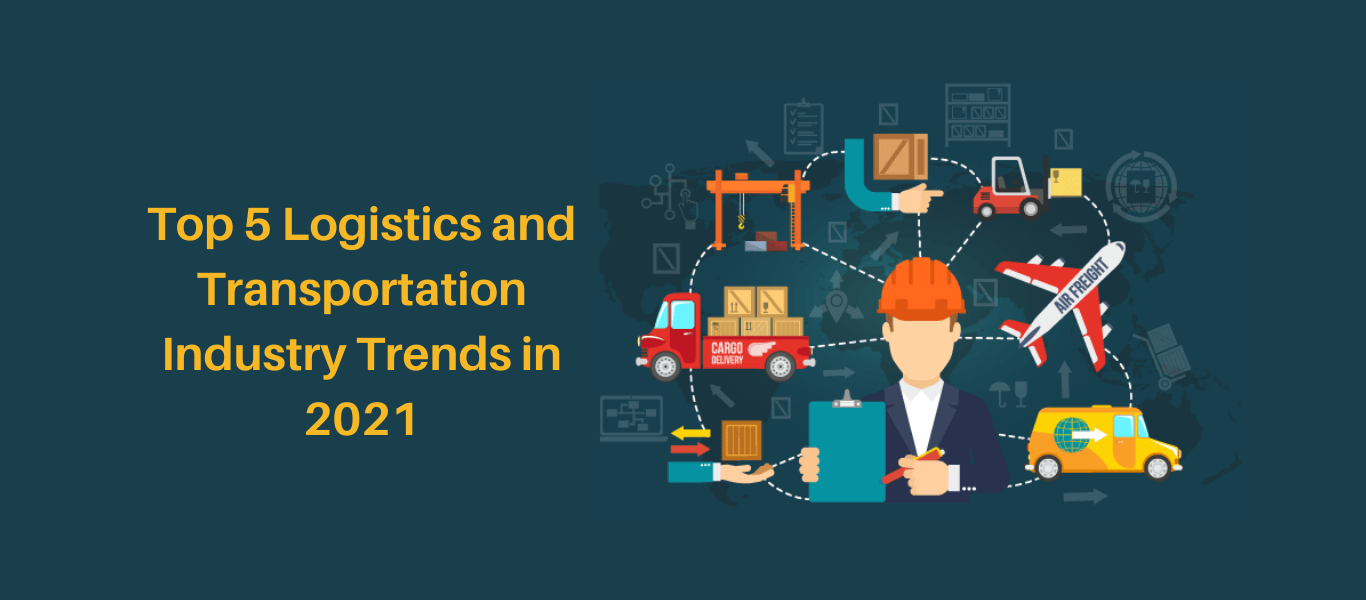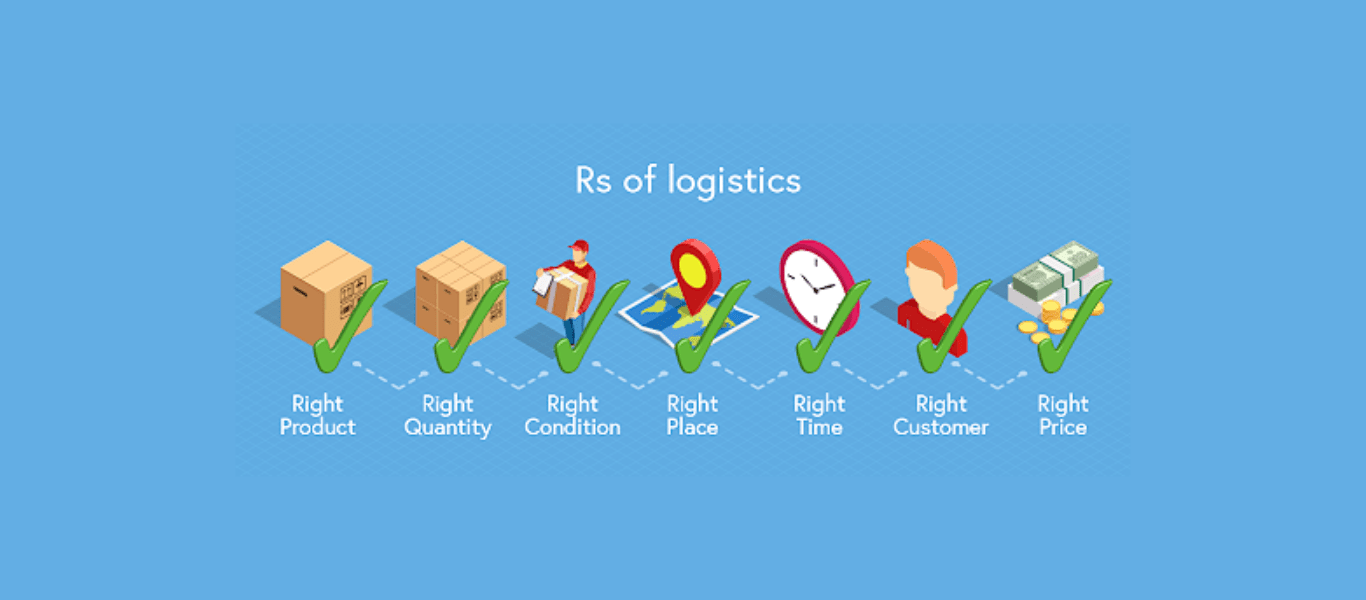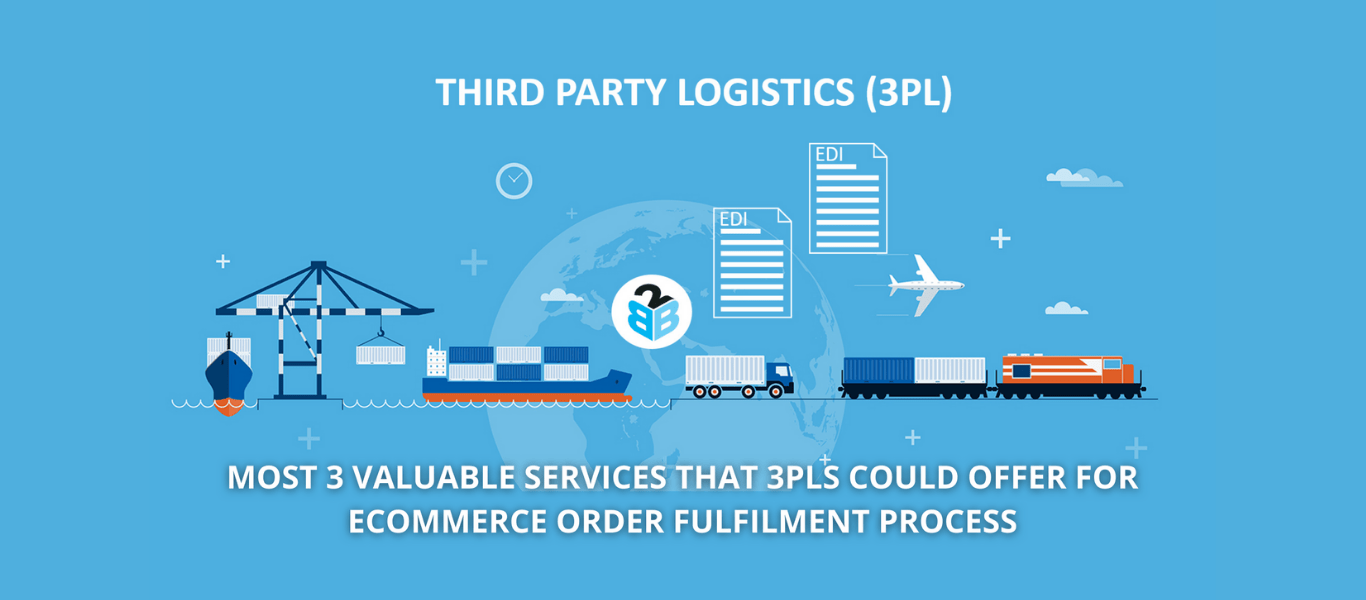5 Ways To Manage eCommerce Returns To Increase Efficiency
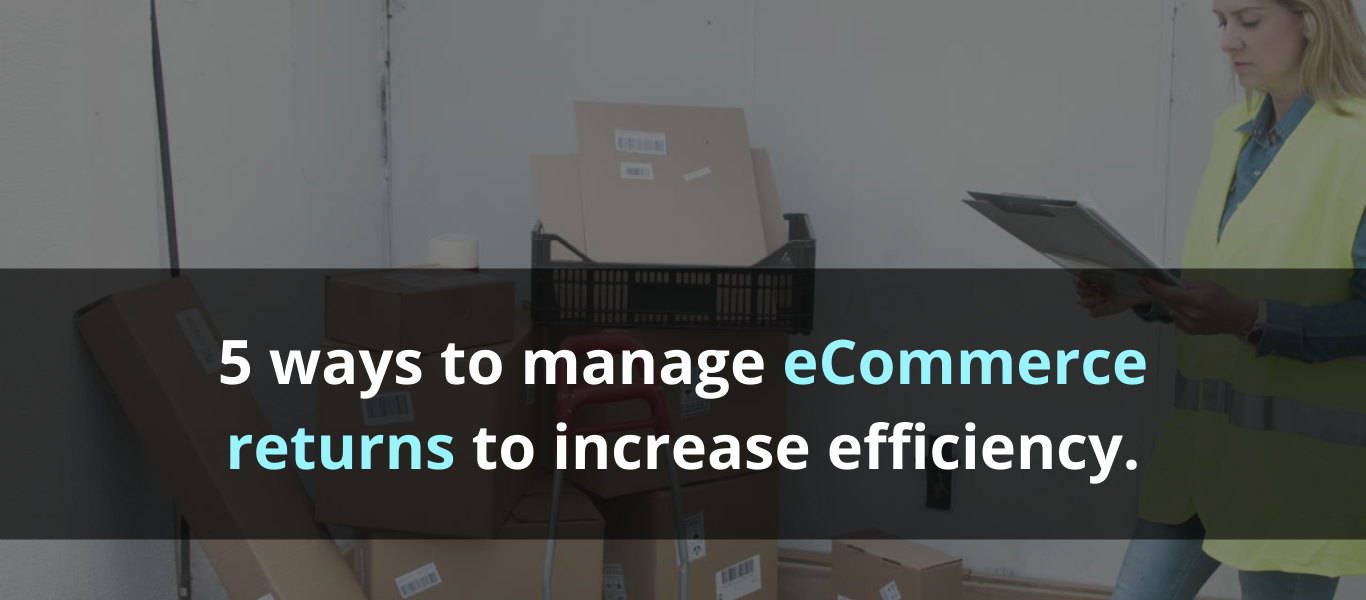
Managing eCommerce returns can be a headache for online retailers. If a rise in sales makes eCommerce merchants extremely happy, an increase in product return neutralizes that happiness.
There is no doubt that online stores have higher return rates than offline stores and there are strong reasons to back this fact.
Basically, customers can try out a product in a physical store. They can touch it, hold it, feel it and find out the flaws at that moment, which is not possible in the case of an online store. This is why e-retailers face excessive returns and it becomes quite a difficult task to manage them.
We will discuss how you can manage eCommerce returns with a best return management system and improve customer satisfaction.
1. Create a flexible Return Policy :
One of the important points in the return management best practices is to craft your return policies well. Be clear about the terms and conditions. Mention what kind of returns you accept, what should be the condition of the item to get its replacement, what is the time span for returning an item, what is the procedure to raise a return request, etc.
A well-written eCommerce return policy helps a user to understand your return management procedure better. Also, avoid using any hard language that is difficult for a user to understand. Product return policy not just helps you handle customer returns efficiently but also encourages users in their purchase decision process.
2. Allow Customers to make a Return Choice :
Adding to the list of eCommerce return management is letting customers decide what they want to do with the product they wish to return. Whether they want to replace the product, raise a full refund or need the product amount in the form of points/store credits, the choice should be left to them.
Providing a return choice is a persuasive tactic to make customers return to your store in the future. For example, if a customer opts for the credits worth the product amount, providing him with that would ensure that the customer is going to come back to your store in the near future and make a purchase.
3. Automate your Return Process :
If you have a large e-commerce store, you will have more product returns. Imagine how difficult it would get if you manually handle product returns. Moreover, it will be very time-consuming.
Automating your eCommerce return with the best return management system can save you a lot of time and effort. You would not need to handle each and every step on your own. From informing the customer about the placed return request to notifying them about the return status until the process is over, make everything an automatic process. This will decrease the return processing time.
4. Speed up your eCommerce returns :
Speeding up your return process is a vital point in eCommerce return best practices.
Right after a customer places the return request, they expect their money’s worth in some form to the earliest. Though it can take a few days at least, you should not make your customers wait for too long. A long delay creates frustration among customers and they would think a few times before placing an order from your store again. Make sure the returns are processed as quickly as possible. It improves customer loyalty.
5. Provide free shipping :
Customers do not like to pay an extra penny for returning a product. In fact, no one would like to pay some extra amount for a product that is defective or doesn’t match their expectations. If there is already a defect and on top of that, customers are asked to pay a small charge for returning it, they will feel annoyed.
To avoid this, you can allow free shipping on returns and keep your customers happy and satisfied.
How can you manage your returns easily with the eComGlobus Return Management System?
Considering all the above points, if you want to handle your product return easily and make the product return process in your store well-structured, you can opt for eComGlobus, a Complete eCommerce fulfillment platform to manage your eCommerce logistics operations.
With eComGlobus, manage your returns efficiently while reducing your processing and logistics costs. Highly configurable returns processing solution with guided workflows for receiving, inspecting, and grading product returns.
eComGlobus will be providing features for accepting the return orders and assigning them to 3PL for pickup. With the eComGlobus Return Management System, you can track the movement of the reverse shipment easily in a single platform.

